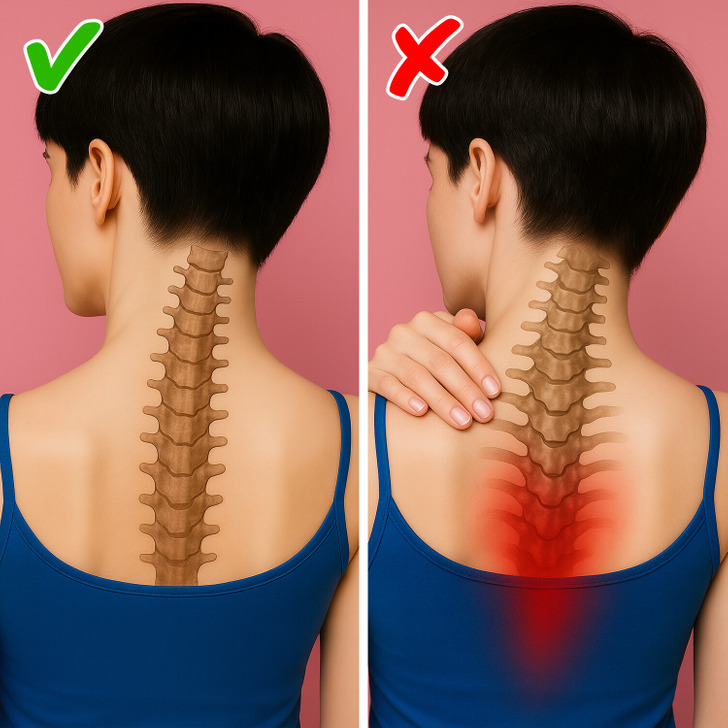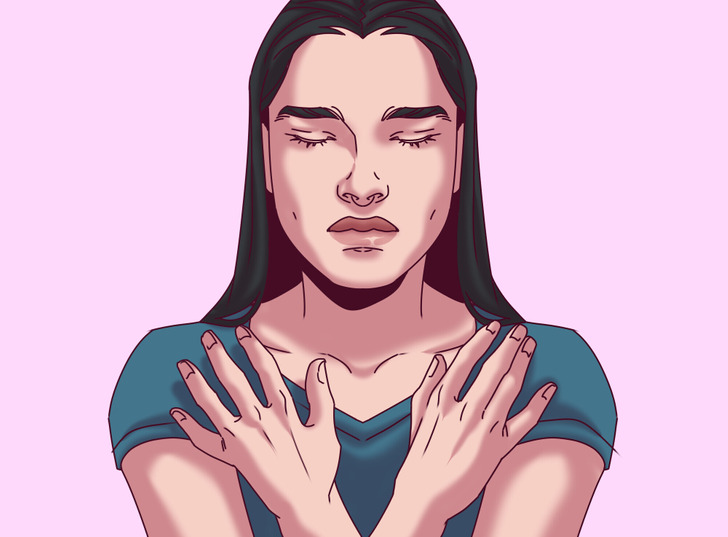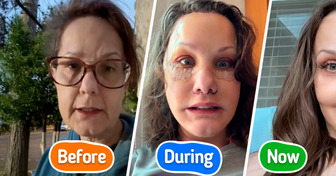How Swimwear Runways Evolved from Stereotypes to Celebrating Beauty Through Diversity


A heart attack occurs when blood can’t reach part of the heart, so the muscle doesn’t get enough oxygen. Without oxygen, the heart starts to get hurt. It can feel sudden and scary, and it can happen to anyone.
In the United States, someone has a heart attack about every 40 seconds, according to the American Heart Association. The good news is that often, there are warning signs. But some symptoms are less common and easy to miss. This article will show you what to watch out for, so you can spot the signs early.
The content provided is for informational purposes only and is not intended to be a substitute for professional medical advice, diagnosis, or treatment. Always seek the advice of your physician or other qualified healthcare provider with any questions you may have regarding a medical condition.
When it comes to heart attacks, women’s bodies often send out different signals than men’s—and that can make them harder to detect. The problem? Many of these symptoms don’t match the “classic” image of a heart attack that most people (and even some doctors) expect.
According to Dr. Lili Barouch from Johns Hopkins, women are far more likely to experience “atypical” warning signs. Sure, chest pain can still happen, but many women notice subtler symptoms: things like shortness of breath, unusual fatigue, indigestion, back pain, or even nausea—sometimes without any chest pain at all!
That’s why it’s so important to tune in to your body and not brush off strange or persistent symptoms.
Sometimes heart attack symptoms are easy to notice, but most heart attacks start slowly with mild signs as blood flow to the heart decreases. About two out of three people have warning signs before a heart attack. The most common symptom is chest pain or discomfort, which may feel like pressure, squeezing, burning, or tightness in the middle of the chest. It may last several minutes or come and go.
On the other hand, a silent heart attack happens when blood flow to the heart is blocked, causing damage without the usual chest pain or clear symptoms. You may not even know it’s happening, but it still harms the heart and increases the risk of future problems. Silent heart attacks make up about 45% of all heart attacks. They’re often found during check-ups or after other health issues.
Additionally, researchers stated that 22% to 60% of heart attacks are silent. Women and people with diabetes may be more susceptible to silent heart attacks. Many expect heart attack symptoms to be obvious, but they can be subtle or confusing. Even subtle signs can be serious, and without quick treatment, a heart attack can be deadly.
With the silent heart attack having subtle indicators, Artemis Cardiac Care listed the following symptoms to help recognize the signs.
Instead of sharp pain, you might feel a sense of pressure, tightness, or heaviness in your chest. This feeling may be brief and easy to ignore.

Pain or discomfort can spread to areas like the arms, back, neck, jaw, or stomach. These sensations are sometimes mistaken for indigestion or muscle aches.

Feeling extremely tired for no clear reason, even after plenty of rest, can be an early warning sign, especially for women.

Unexpected nausea, vomiting, or suddenly breaking into a cold sweat without an obvious reason may be signs of a heart attack.

Feeling unusually out of breath during normal activities, along with dizziness or feeling faint, could point to a heart problem.
Additionally, nearly half of the women in a 2003 study said they experienced sleep problems in the weeks leading up to their heart attack. These issues included trouble falling asleep, waking up often during the night, and feeling tired even after a full night’s rest.
Moreover, people with severe sleep apnea have a much higher risk of having a heart attack than those without it. According to the American Thoracic Society, sleep apnea raises the risk of heart attack or sudden cardiac death by 30%.
In one study, researchers followed 1,123 people with sleep apnea for 4 to 5 years to see how many had heart problems like heart attacks or cardiac death. They found that the more severe the sleep apnea was at the start, the higher the risk of serious heart issues was later. Risk factors like family history, obesity, and breathing problems during sleep can make this worse, so it’s important to get treatment early.

Heart disease is mostly preventable, and to better take care of yourself, with these measures:
Making these changes could help lower your risk of a silent heart attack and also boost your overall health.
About half of first heart attacks are fatal, so experts stress the importance of finding heart disease early, before symptoms appear. A regular heart health check-up is vital. People should get a check-up from their doctor. This helps identify risk factors like high cholesterol, high blood pressure, diabetes, smoking, and family history, which all raise the chance of having a heart attack.
Silent heart attacks are dangerous because they often go unnoticed or cause very mild symptoms, leading to delays in diagnosis and treatment. Spotting subtle warning signs and managing risk factors early are key to prevention. Regular check-ups and maintaining a heart-healthy lifestyle can greatly reduce the chances of a silent heart attack and improve overall heart health.

Men and women share common heart disease risks—such as obesity, smoking, diabetes, high blood pressure, family history, and metabolic syndrome. But research shows that women also have their own set of risk factors, or are affected by them differently:
Because women don’t always get the “classic” chest pain, it’s vital to pay attention to other signals: trouble breathing, persistent nausea, stomach pain, unexplained fatigue, or discomfort that just doesn’t feel right.
As Dr. Barouch reminds us: don’t shrug it off, and don’t be shy about asking questions. When it comes to your heart, speaking up could save your life.
Our bodies work like a finely tuned orchestra—every part depends on the others to stay in harmony. But when something falls out of tune, the body doesn’t stay quiet. Instead, it sends out little “alerts” through other areas, hinting that something deeper needs attention. By learning to notice these signals, we can step in early, fix the root cause, and bring everything back into balance.











